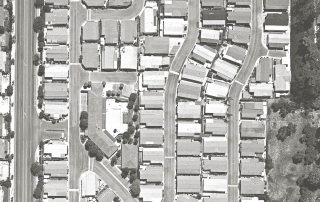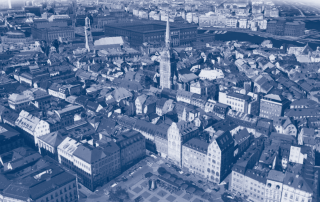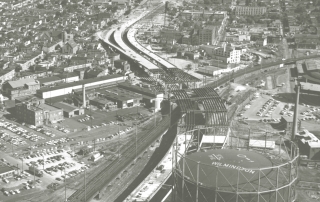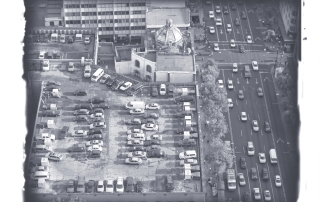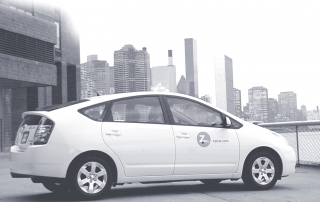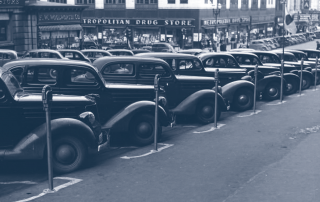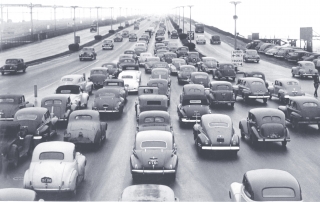ACCESS 38, Spring 2011
Introduction: Small Steps
Michael Manville
"Make no little plans. They have no magic to stir men's blood and probably will not themselves be realized." So said the great architect and planner Daniel Burnham—pioneer of the skyscraper, designer of some of the 19th century's most stunning buildings, and creative and organizational force behind the "White City" of the Chicago World's Fair. Burnham's admonition resonates today. Planners, including transportation planners, have always liked to think big. Who doesn't? People are drawn to outsized ambitions and outsized promises. And it's easy to believe that we face big problems, which in turn require big solutions. How can we make transportation policy, after all, without also tackling land use, housing, and public health?

